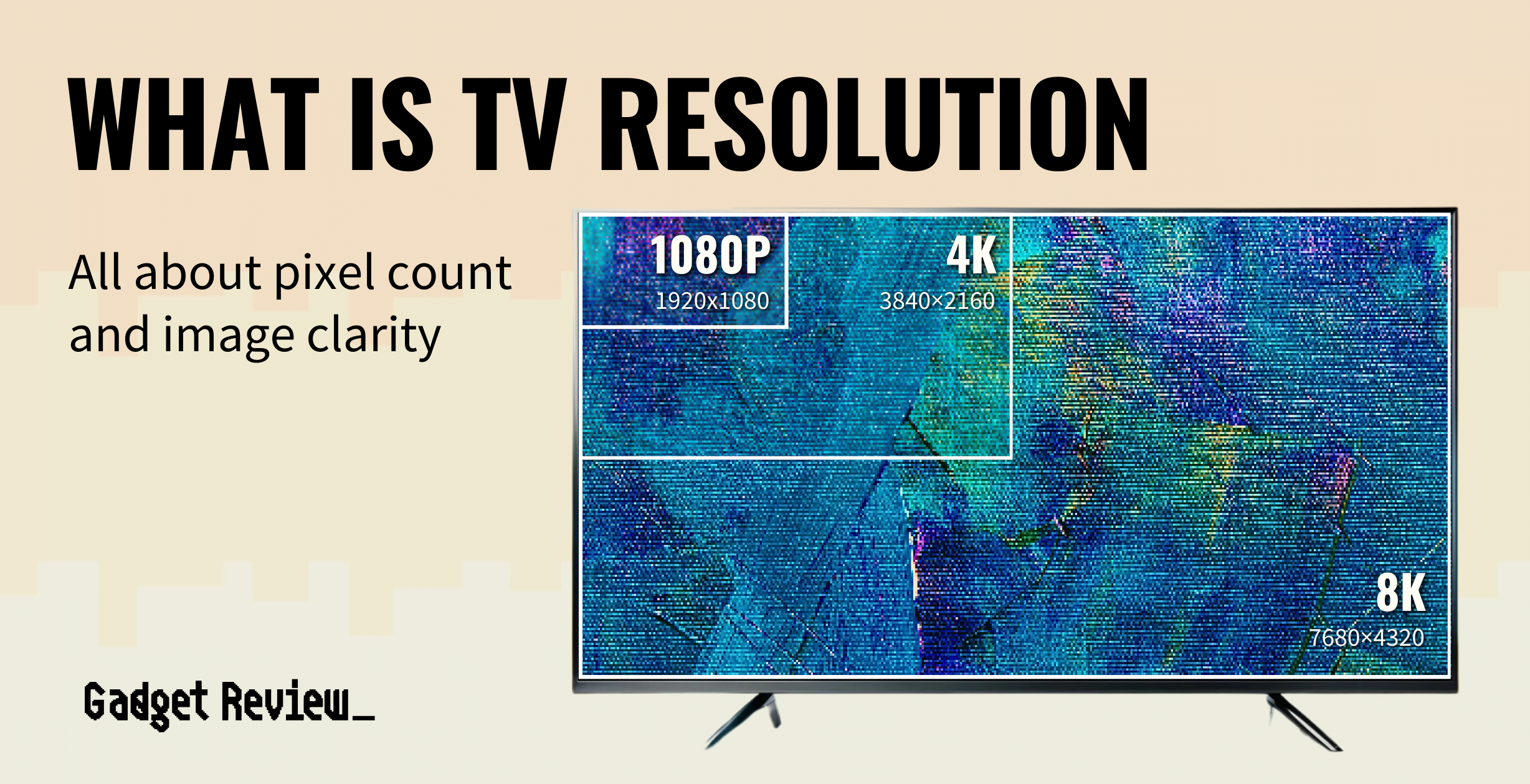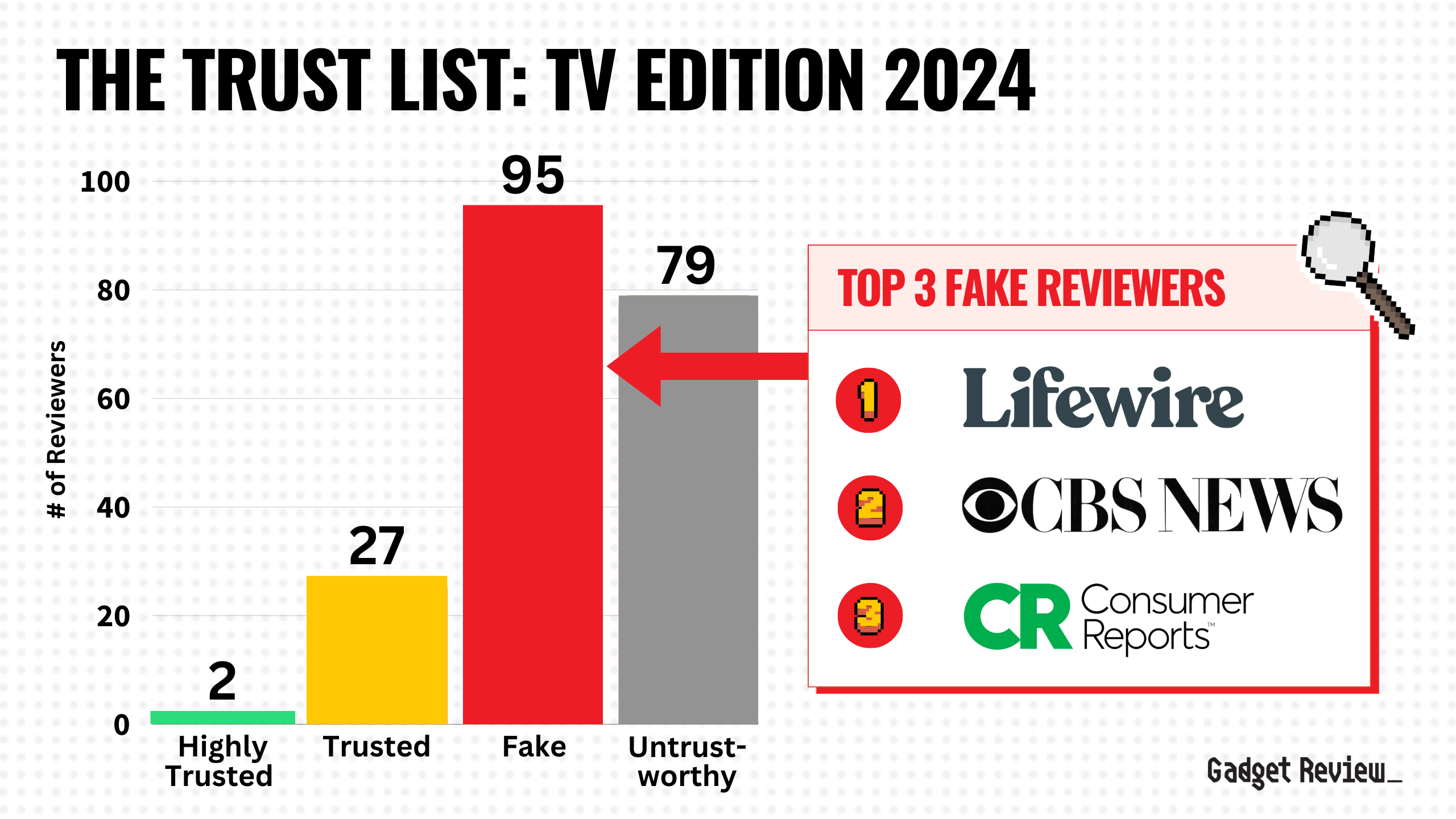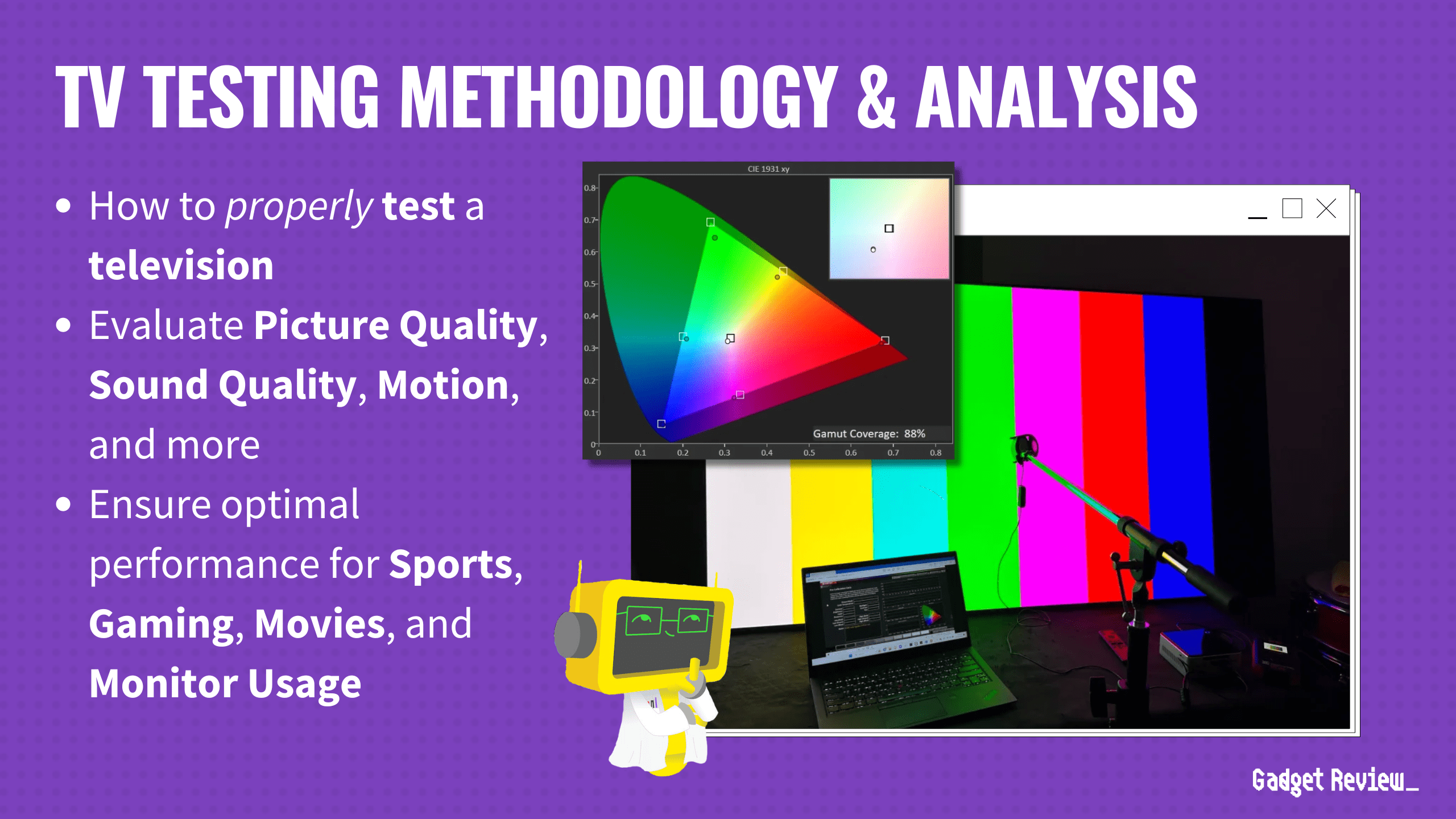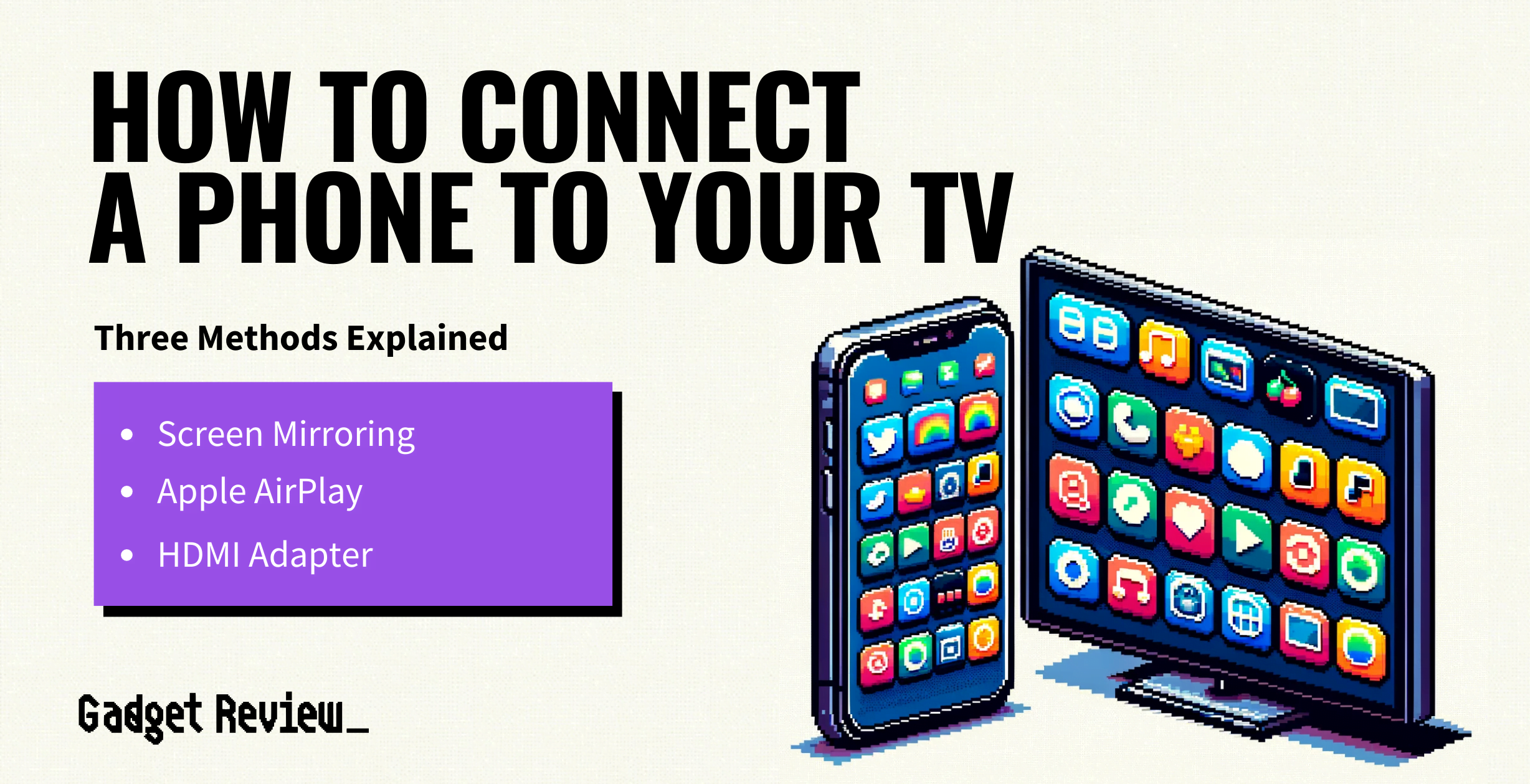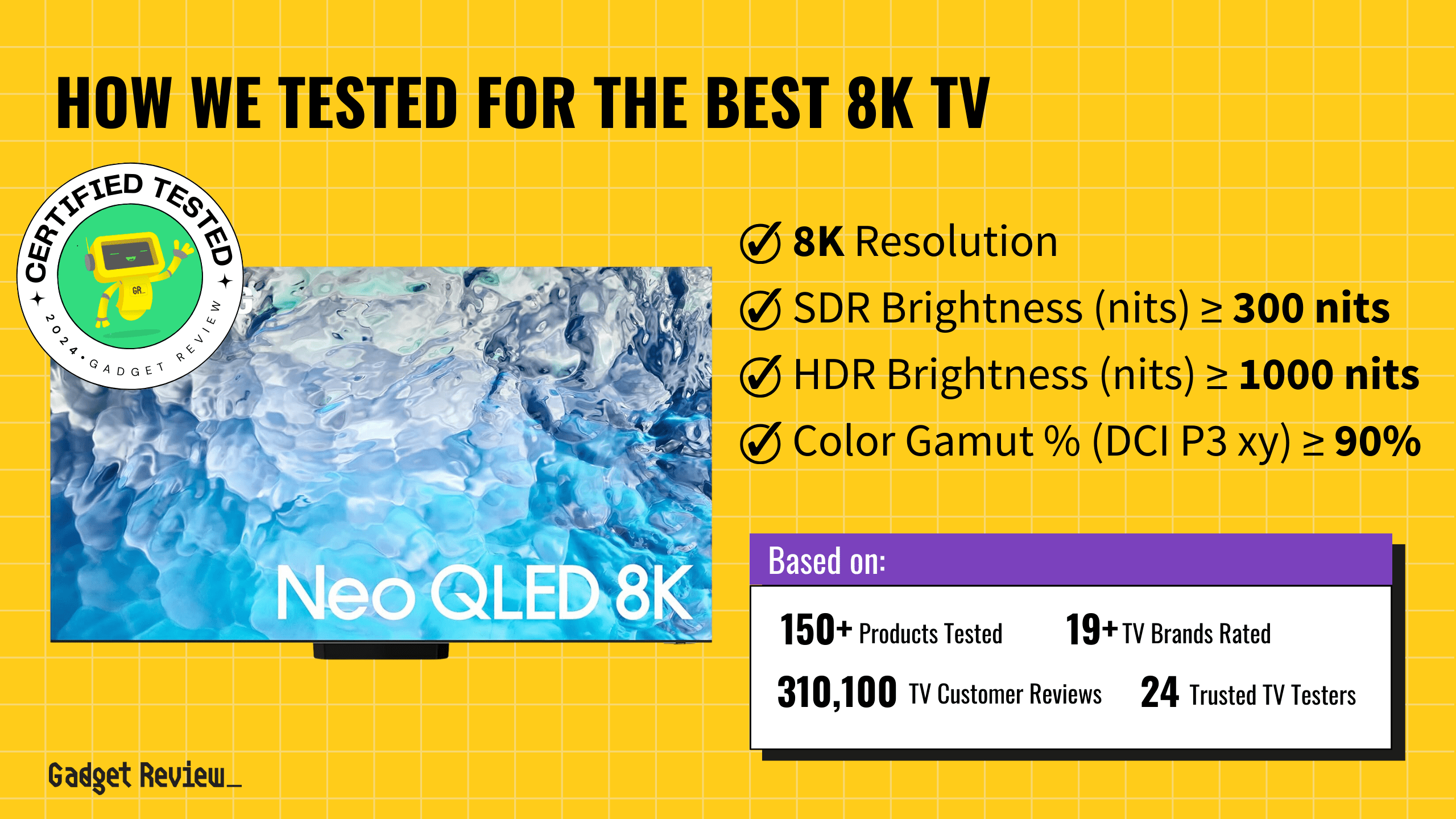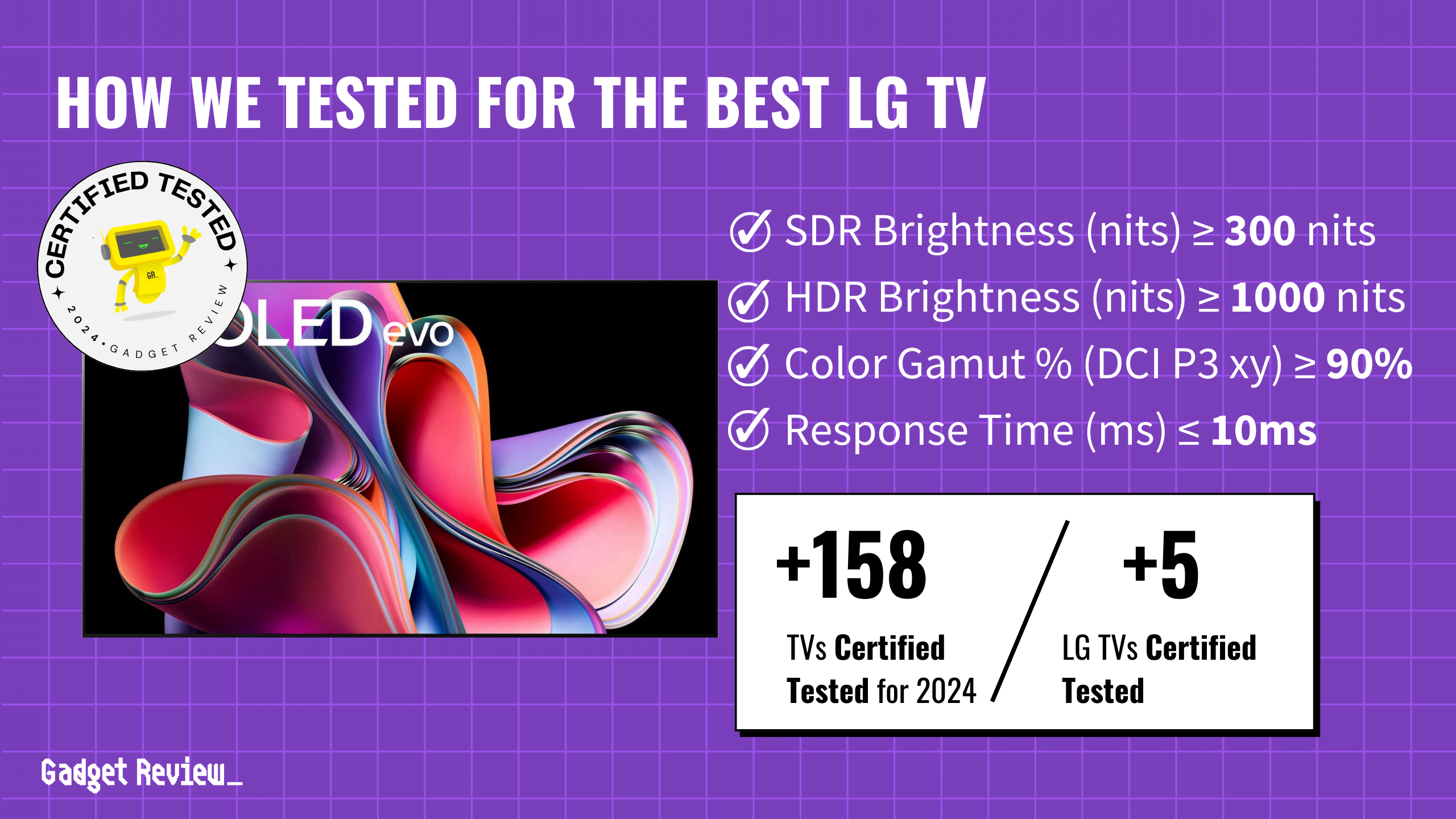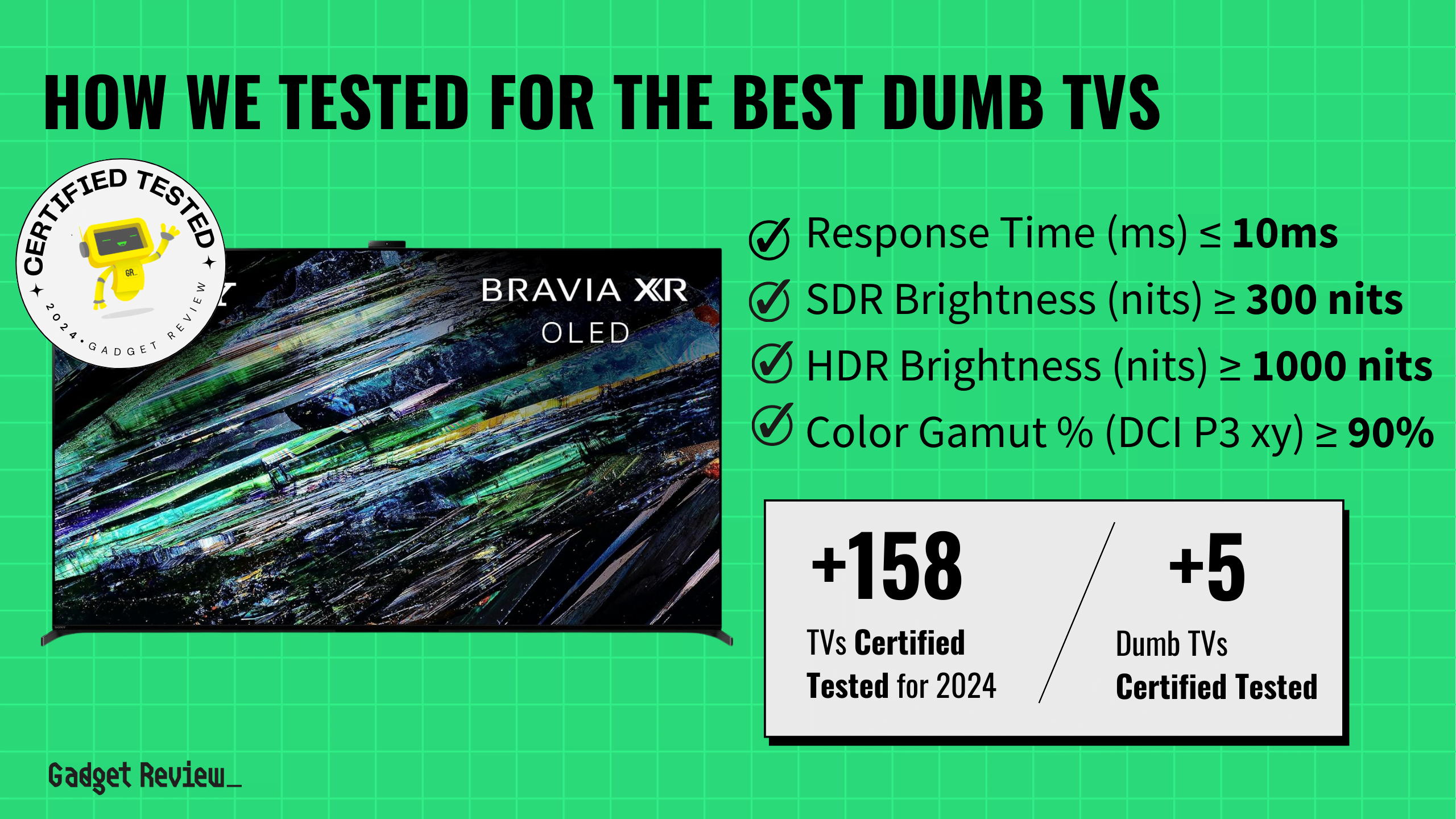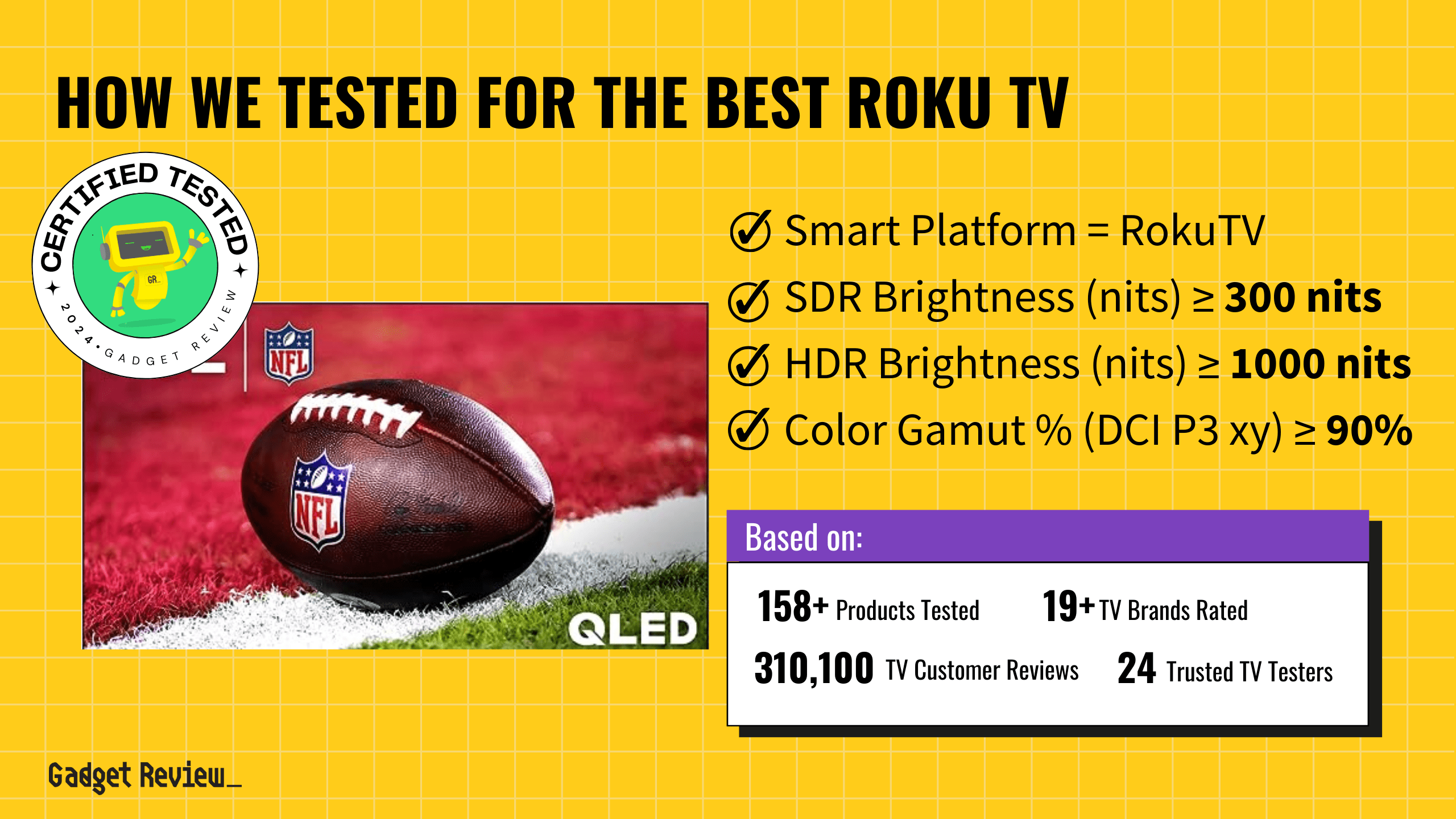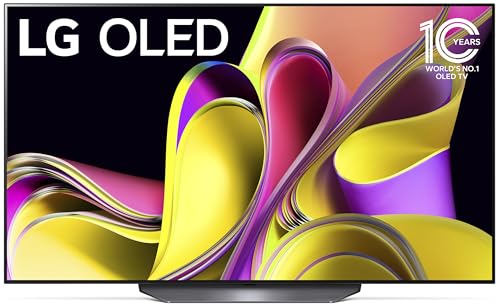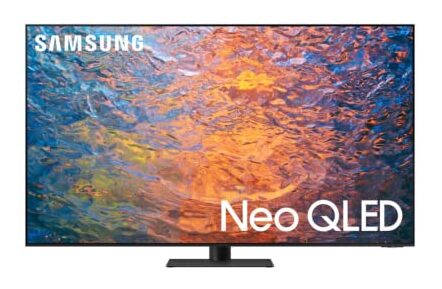Television resolution refers to the number of pixels that the TV can display, horizontally and vertically. A higher resolution means your screen can show a more detailed image. Nowadays, the best TVs deliver stunning images that make viewers feel part of the action thanks in part to their high pixel resolution.
Key Takeaways_
- TV resolution is the length and width, measured in pixels, of the image a TV can display.
- Resolution is calculated by a simple count of the rows and columns that make up the image.
- Higher resolutions display more detail in a smaller physical space for a sharper viewing experience.
What TV Resolutions Are There?
It wasn’t long ago that 1080p was the standard for new TVs. These days, however, only the smallest TVs tend to be available in 1080p, while an overwhelming majority are 4K, also known as “Ultra HD.” The 4K HD resolution is 3840 x 2160, which means there are 3840 pixels in one horizontal row and 2160 pixels in one vertical row. This resolution is ideal for most users.
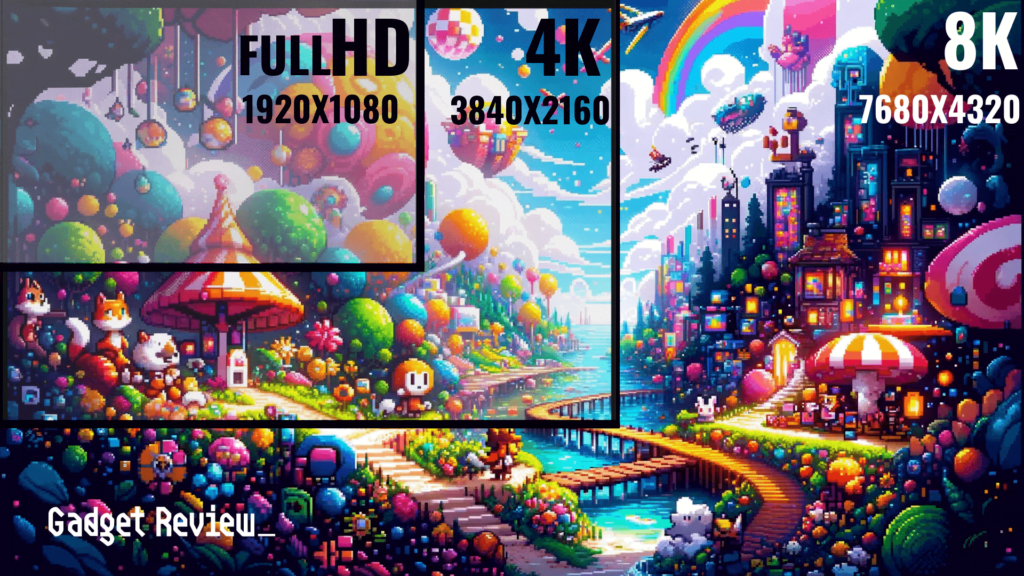
If you’ve ever been to a department store and glanced at the placards describing the different TVs, you’ve seen the marketing copy revolving around screen resolutions. HD, Ultra HD, 4K – what’s the difference? Mixing up marketing jargon with hard technical details can create confusion for everybody, so let’s set the record straight. Below you can see a table that will clear up what each of the most common resolutions really means:
| Common Name | Marketing Name | Actual Pixel Resolution | Suited Media Types |
|---|---|---|---|
| 480p | Standard Definition (SD) | 640×480 | Standard TV broadcasts, DVDs |
| 720p | High Definition (HD) | 1280×720 | HD television, some streaming services, Blu-ray |
| 1080p | Full HD (FHD) | 1920×1080 | Blu-ray, HD television, gaming, streaming services |
| 1440p | Quad HD (QHD) or WQHD | 2560×1440 | High-end gaming, computer monitors, smartphones |
| 4K | 4K Ultra HD (UHD) | 3840×2160 | 4K Blu-ray, UHD television, gaming, streaming |
| 5K | 5K UHD | 5120×2880 | High-resolution computer monitors, professional video editing |
| 8K | 8K UHD or Super Hi-Vision | 7680×4320 | Future television broadcasts, high-end monitors, professional filming |
| 10K | 10K UHD | 10240×4320 | Specialized professional use, large format displays |
What Is the Best TV Resolution?
While consumer displays reach as high as 8K these days, there are diminishing returns in image quality above the 4K mark with today’s technology. On top of that, content that can actually take advantage of that supersized resolution is a bit hard to find.
insider tip
Check the various streaming services to see who’s offering content in 4K. Many streaming services have increased their 4K offerings over the past few years.
As a result, 4K resolutions are the most common and come highly recommended at this time. If you’re in the market, you can check out our guide to the best 4K TVs to see what models the experts recommend.
Why Does Resolution Matter?
There’s a concept known as pixel density, which refers to the number of tiny dots that make up the image in a set amount of space. A higher resolution screen of the same dimensions will thus have a higher pixel density, fitting more detail into the same sized screen.
warning
A TV’s pixel resolution is only one factor in determining overall image quality. You shouldn’t rely on any one spec to make a purchasing decision.
As long as you’re displaying content sized to match—and there’s no shortage of 4K video sources these days—a higher resolution is pretty much always desirable.


